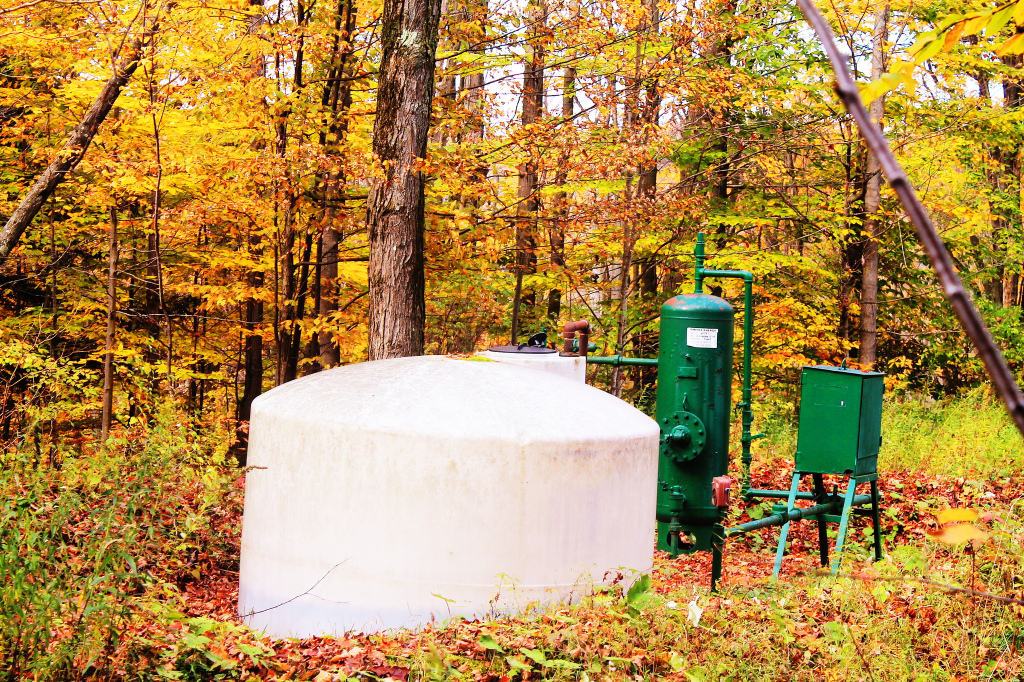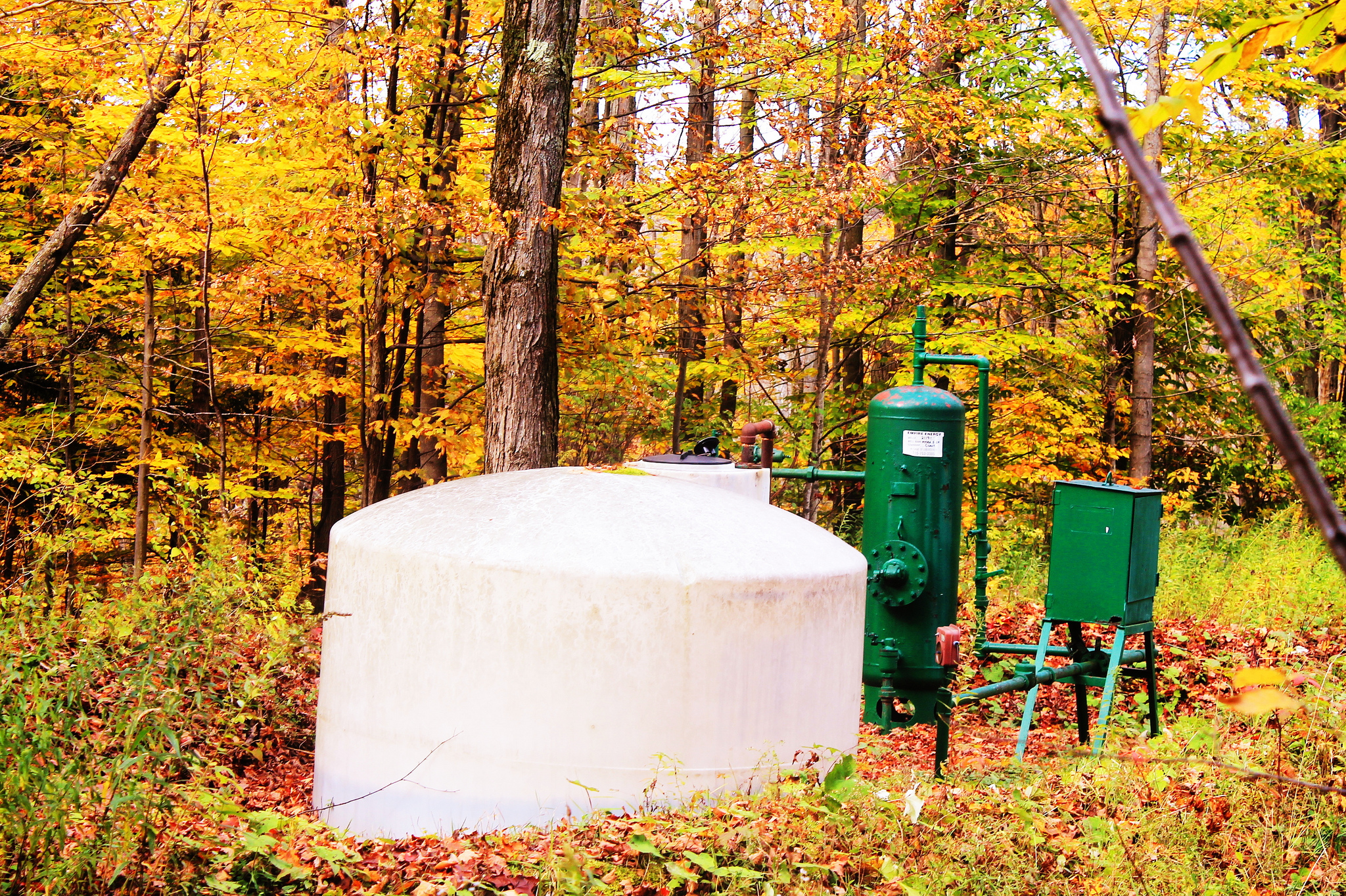
A peer-reviewed study recently published in the journal Environmental Health looked at the air quality near natural gas wells in five states: Arkansas, Colorado, Ohio, Pennsylvania, and Wyoming. In 40 percent of the air samples, laboratory tests found benzene, formaldehyde and other toxic substances at levels above what the federal government considers safe for brief or long-term exposure. In some cases, the levels were far above the safe standards.
For its part, the petroleum industry reacted by criticizing the study claiming that the involvement of environmental activist groups in gathering the samples casts doubts on the results.
Another study published in Environmental Health Studies in September found that Pennsylvania residents living near natural gas wells were much more likely to report skin and upper-respiratory problems than people living further away.
The whole topic of the health consequences of fracking and other extraction activities has been dominated by anecdotal citizen complaints and reassurances from the gas industry. Meaningful research is only now beginning to really get done. The NIH is supporting nine studies of these issues. Meanwhile, trade groups like America’s Natural Gas Alliance largely dismiss the research results already released.
There is no question that the natural gas boom has benefited the economy with new jobs, lower energy prices, and increased tax revenues for the states. But the potential health consequences of these activities cannot be swept under the rug. It is quite possible that the gas industry can dramatically reduce or even eliminate the sources of health hazards associated with their activities, but until they admit that there is a problem, that is unlikely to happen.
**********
.
Web Links
High Levels of Dangerous Chemicals Found in Air Near Oil and Gas Sites
Photo, posted October 17, 2013, courtesy of Andy Arthur via Flickr.
.
Earth Wise is a production of WAMC Northeast Public Radio.
